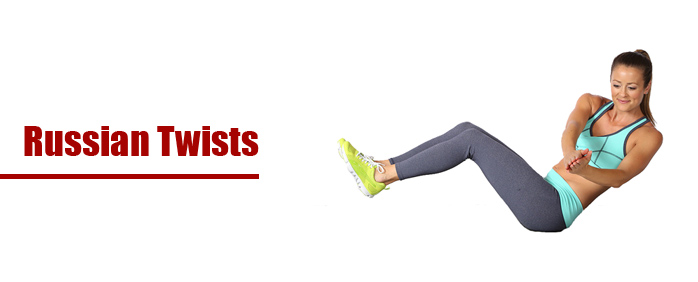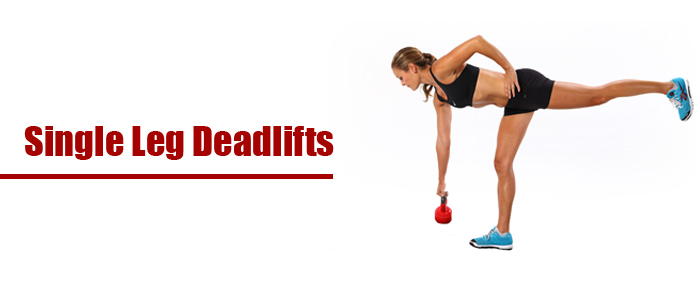It has been proven -- strength training is one of the single most important non-running aspects of training that can help you become a better, more efficient runner. Running alone will likely not be enough to make you the best, most efficient runner you can be.
Ask runners a few generations older than you what they did day-after-day for their workout. More than likely, you'll get a straight forward answer --“I ran.” But these days, no matter what race you’re preparing for, you might not want to stick to this old training routine. We’ve learned a lot over the last 30 to years, as the sport of running continues to evolve.
Runners need to be strong and athletic. And today, runners need to do more than just run. If they’re not, they can get hurt even while practicing good running form. In fact, some injury statistics put the annual injury rate for runners at just over 65 percent! To put this in perspective, that’s higher than professional football.
However, reducing this staggering injury rate isn’t that difficult. In fact, runners can do so effectively with just 15 to 20 minutes of strength training each day, or perhaps three days per week of 30-45 minutes of intense strength training.
Using the strength exercises we have chosen below will improve the ability of your bones, muscles, ligaments, and tendons to better withstand the impact of running. While building your aerobic engine through running, it’s key to counteract all that wear and tear with proper, technically sound strength training exercises.

Powerful and Complete. If we had to pick just one strength training exercise for runners it would be the body weight overhead squat. Squats hit a lot of running specific muscles, they don’t necessarily require any additional equipment, and they can easily be added to your post-run routine.
To perform the overhead bodyweight squats, stand with your feet hip distance apart with your toes facing forward. Sit back like you are sitting in a chair behind you without allowing your knees to drift beyond your toes. Sit back until you feel your glutes, quads and hamstrings engage (approximately 90 degrees angle in your knees) and in a controlled manner, come back up to standing. Complete 10 to 12 repetitions. Once the movement is mastered and fluid, you can always add more repetitions or a weighted bar or weights for a greater challenge and more running benefit.

Full-On Core-Building. You may be tired of hearing about the important of a strong core. Truth is, your core muscles are absolutely vital to your performance. Unfortunately, they don’t always get worked enough by just running.
While there are hundreds of exercises that can strengthen your core, we have selected one that not only targets your obliques, but engages your back muscles and supports your spine. This means extra points for a runner, especially if you choose to add weight in the near future. Treat your core training just as important as your weekly long runs or speed drills – and you’ll soon reap the benefits.
To properly do the Russian Twist, sit on the ground with your knees bent and your heels about a foot from your butt. Lean slightly back without rounding your spine. This is very important to not let your back curve. Next, place your arms straight out in front of you with your hands one on top of the other. Your hands should be level with the bottom of your ribcage.
Twist slowly to the left. The movement is not large and comes from the ribs rotating, not from your arms swinging. Inhale through your center and rotate to the right. This completes one repetition of the twist.
Complete 15-20 full rotations.
To make this exercise more challenging, hold a medicine ball or a dumbbell in your hands with your elbows slightly bent. You can also make the move more advanced by lifting your feet three or four inches off the floor. Conversely, if you have a compromised or injured lower back, this exercise is not recommended for you.

For Those Weak, Neglected Glutes. Many runners are hamstring dominant and don’t properly use their glutes. Performing glute-specific exercises such as the single-leg deadlift can build the glute muscles so they can be used more effectively as a runner.
To perform this exercise, begin by holding a lightweight kettleball, dumbbell, or even a barbell in front of your body. Bend one knee, and hinge forward at the waist and lift the opposite leg behind you. Lower the weights, keeping them very close to the tops of your legs until you reach just below your knees. Engage your hamstring and glute of the leg planted on the ground. Slowly come back to standing. Repeat 10 to 12 reps and switch to the other leg.
The benefits of strength training for runners are very real. Whether your goal is simply to run easier with less pain, or to run faster in your next event (regardless of distance), consistent strength sessions every week can help. Furthermore, the right strength training program will also help you lose fat. As we all know, lightness is always a benefit as a runner. Strength training also provides protective health benefits such as better insulin sensitivity and higher antioxidant status.
If you have been struggling to increase your mile pace or need a boost in short sprint speed for the final kick, strength training is likely the answer. Athletes in endurance sports such as cycling, swimming, rowing, or cross-country skiing will also benefit from strength training.